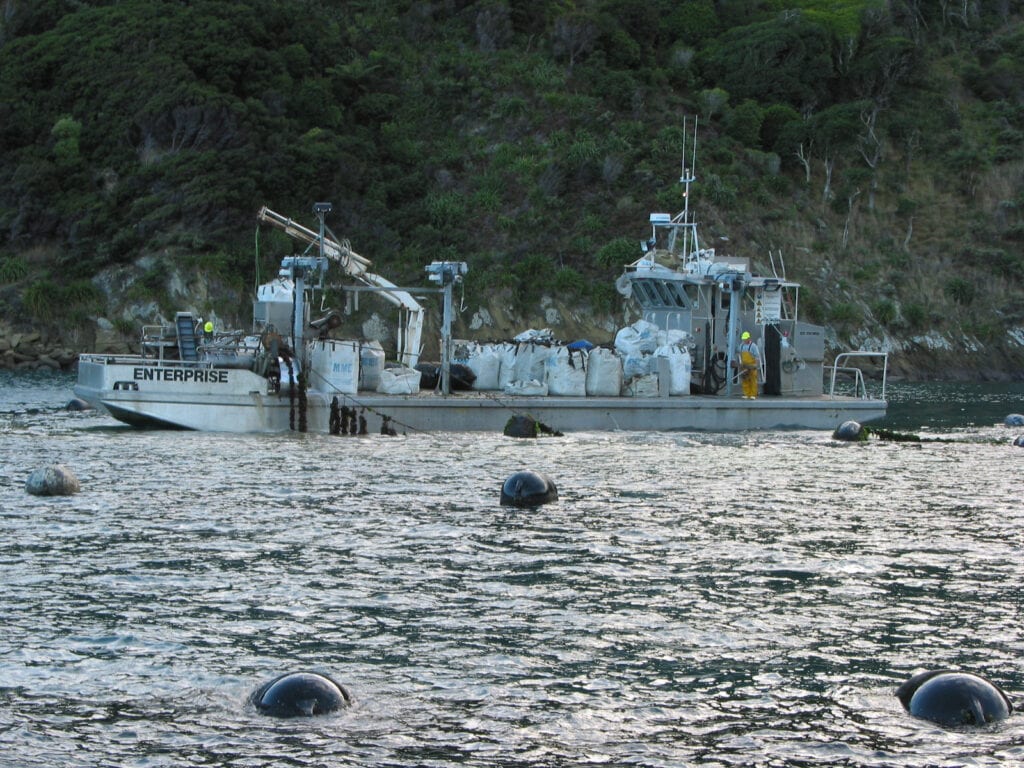Ngā Punga o te Moana
Anchoring Our Open Ocean Future

Ngā Punga o te Moana
Anchoring Our Open Ocean Future
Aotearoa New Zealand’s aquaculture industry has enormous potential. We already produce hundreds of thousands of tonnes a year of healthy food protein with minimal environmental impact, but we can produce much more. And, we can do it in a way that benefits communities across the country.
Right now, this potential is limited by our need to farm in protected, near shore areas. Most of our valuable protected spaces are becoming congested by a variety of users and stakeholders, and climate change is causing oceanic variations in shallow coastal waters which are adding to the challenge of culturing marine crops.
In the exposed open sites away from the shore, there is space to expand, with cleaner, cooler waters, reduced fouling on farm structures, a large food source for farmed species, and reduced impact on the benthic habitat beneath farms. There are climate change influences out here as well but not as profound as in the enclosed protected spaces.
This ability to expand is essential to our aquaculture industry’s future, but first, there are challenges to overcome.
We want to unlock the farming potential of the open ocean.
This would increase the amount of sustainably produced food protein that Aotearoa New Zealand exports to the world, for the benefit of our potential farmers and our communities.
New Zealand has the ninth largest marine estate in the world – it’s over 400Mha, and over 11,000ha of that area is already consented for OOA, with a further 10 000ha anticipated to be permitted in the foreseeable future. It is a challenging place to work and to date less than a quarter of the current permitted space is in mussel production.
Aquaculture is the fastest growing food sector in the world and one of the most sustainable forms of food production available with current technology.
New Zealand’s government is eager to see OOA grow to support its aquaculture industry growth target of >NZ$3bn by 2035. If we were able to scale up OOA operations and diversify the species grown out there to fully utilise the current 11,000ha, we estimate New Zealand could more than double the value of its shellfish industry, currently worth $423m a year.
It would also allow the growth of an exciting new seaweed industry, with the potential to produce new, high-value products that diversify New Zealand’s aquaculture outputs and create new economic opportunities.
Growth of OOA in Aotearoa New Zealand is currently being held back by knowledge gaps and challenges that need to be overcome to increase investor confidence and advance OOA aquaculture ventures..
Ngā Punga o te Moana (‘Anchors of the Sea’) is a government-funded research and development programme that will tackle these challenges to make seaweed and shellfish farming in the open ocean a desirable option for our marine farmers and an attractive prospect for investors and communities.
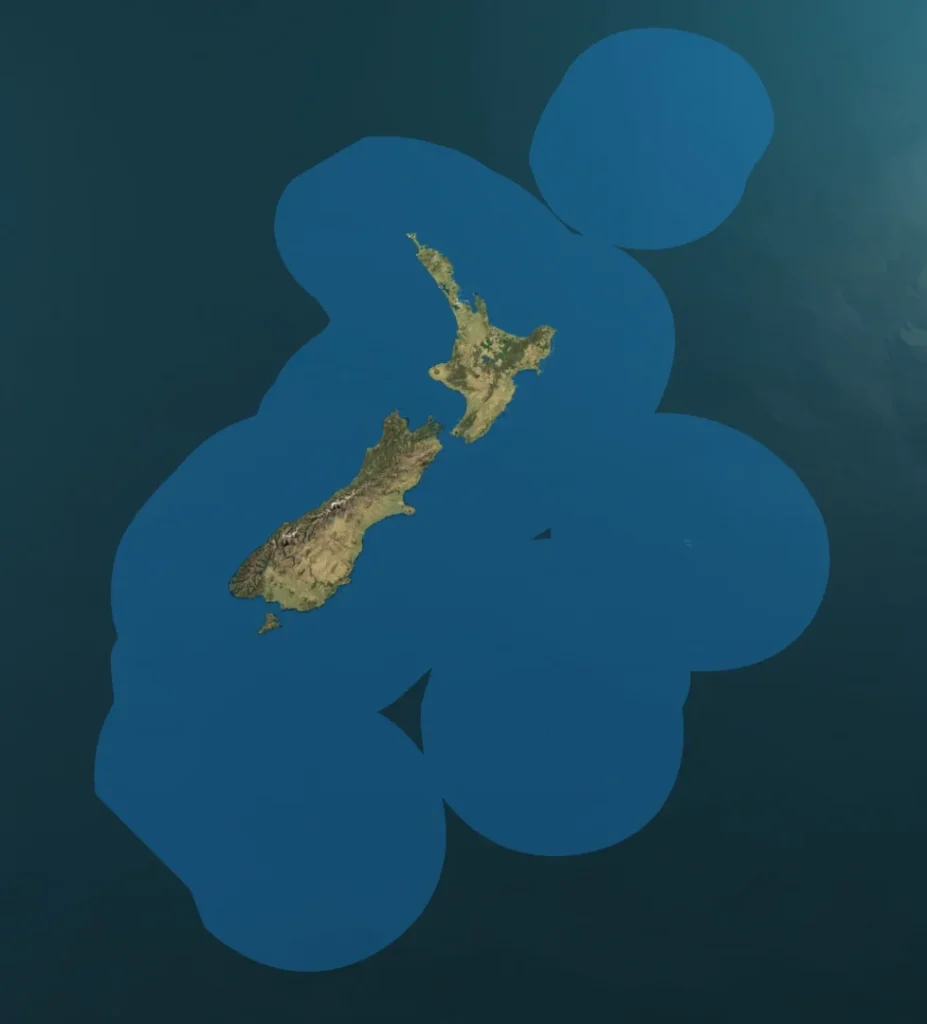
We need structures
There are great systems and structures currently available for farming fish in the open ocean, but these wouldn't work for farming other species like shellfish and seaweed. Some innovative farmers have started mussel production in these challenging waters but it is far from a simple task.
That’s probably why so few people are doing it! Because it’s a new industry, investment in the design, testing and scaling up of new structures is an expensive and high-risk venture.
Find out how Ngā Punga o te Moana researchers will aim to achieve ‘proof of concept’ for new shellfish and seaweed farming structures designed for the open ocean.
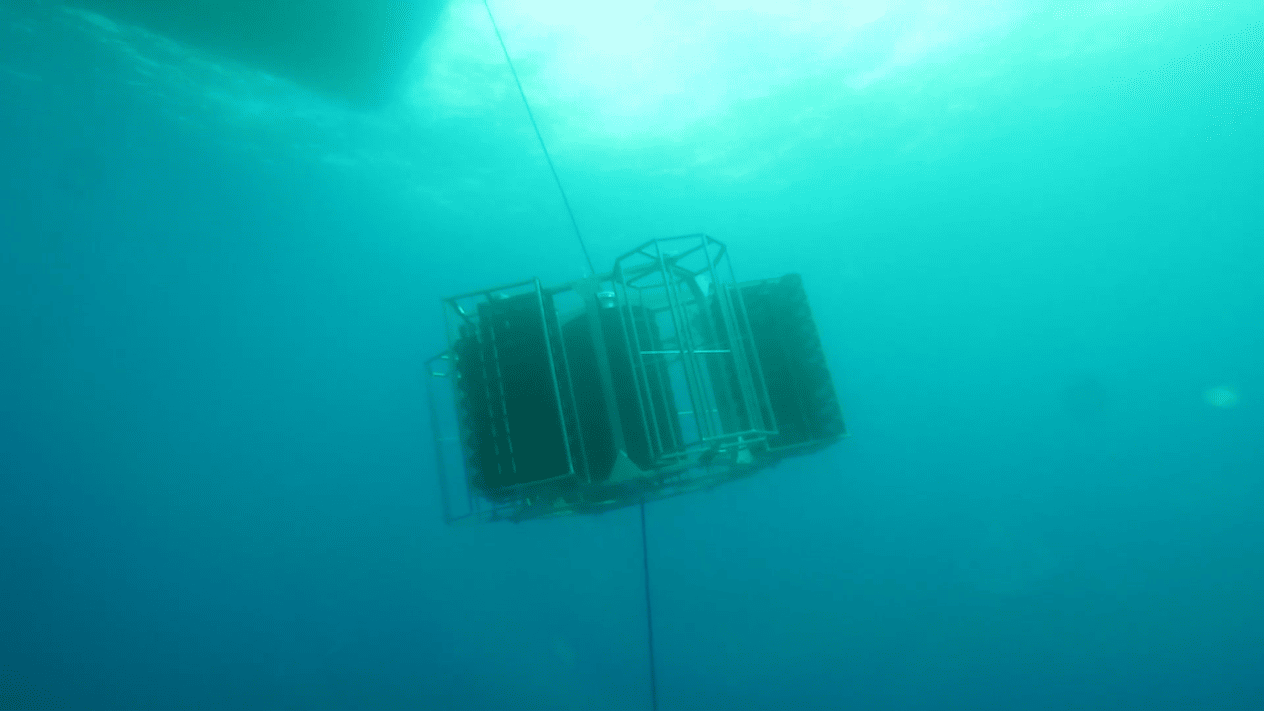
We need more knowledge about the open ocean environment.
An 'open ocean' environment may be several kilometres offshore, or it could only be a few hundred metres. What really counts isn’t the distance from shore, but the energy on the site.
Find out how our researchers will collect and crunch big data from the ocean so that we can model and predict how structures and species in marine farms will interact with the ocean environment around them.
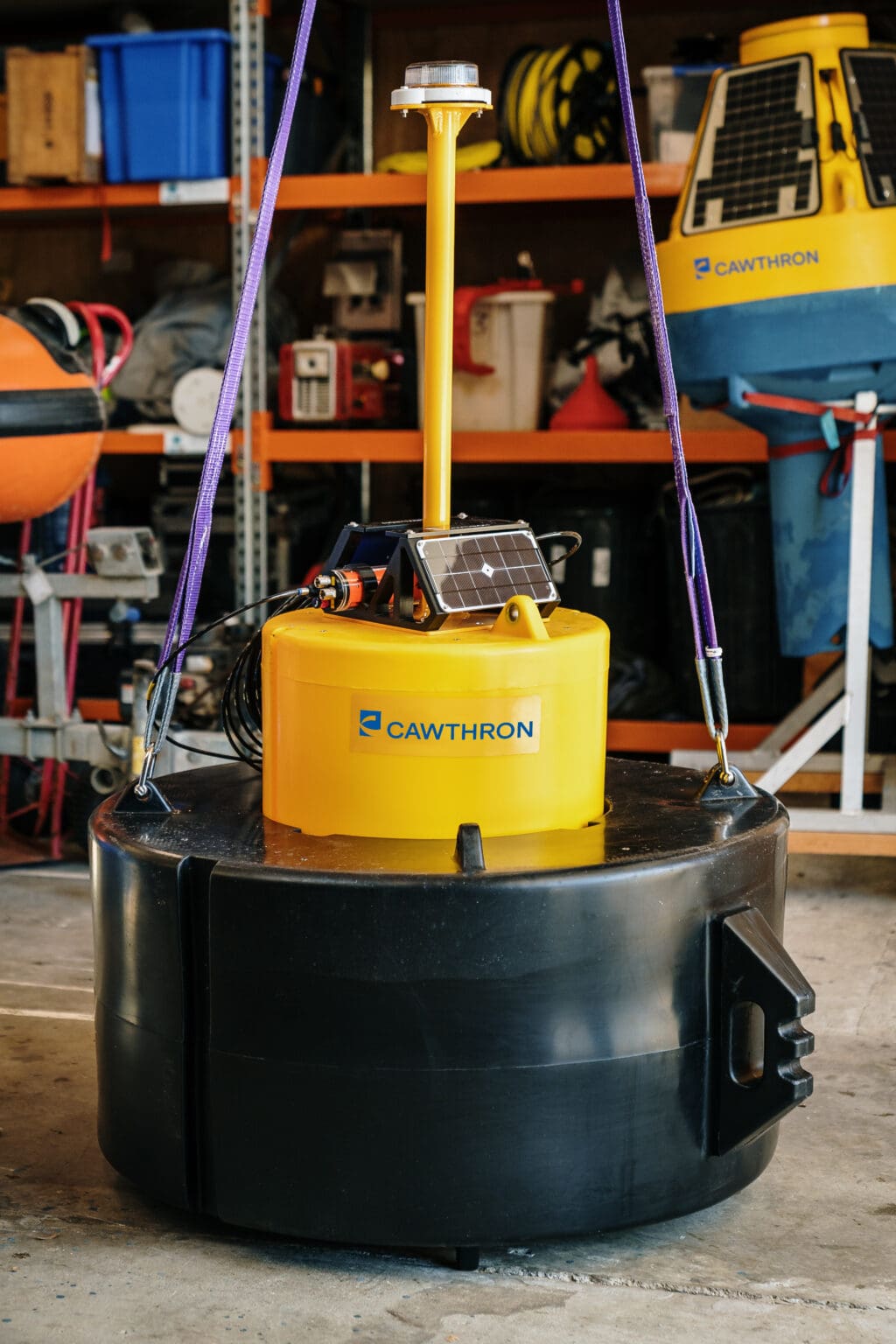
We need to know which species have the most potential and how to farm them
OOA is an attractive opportunity for New Zealand's aquaculture industry because it creates new opportunities to expand and allows multi-species shellfish and seaweed OOA industries to emerge.
Our goal is to understand the unique biology of the species we think have the most potential so that we can develop OOA specific husbandry practices and farming methods that will make commercial production viable.
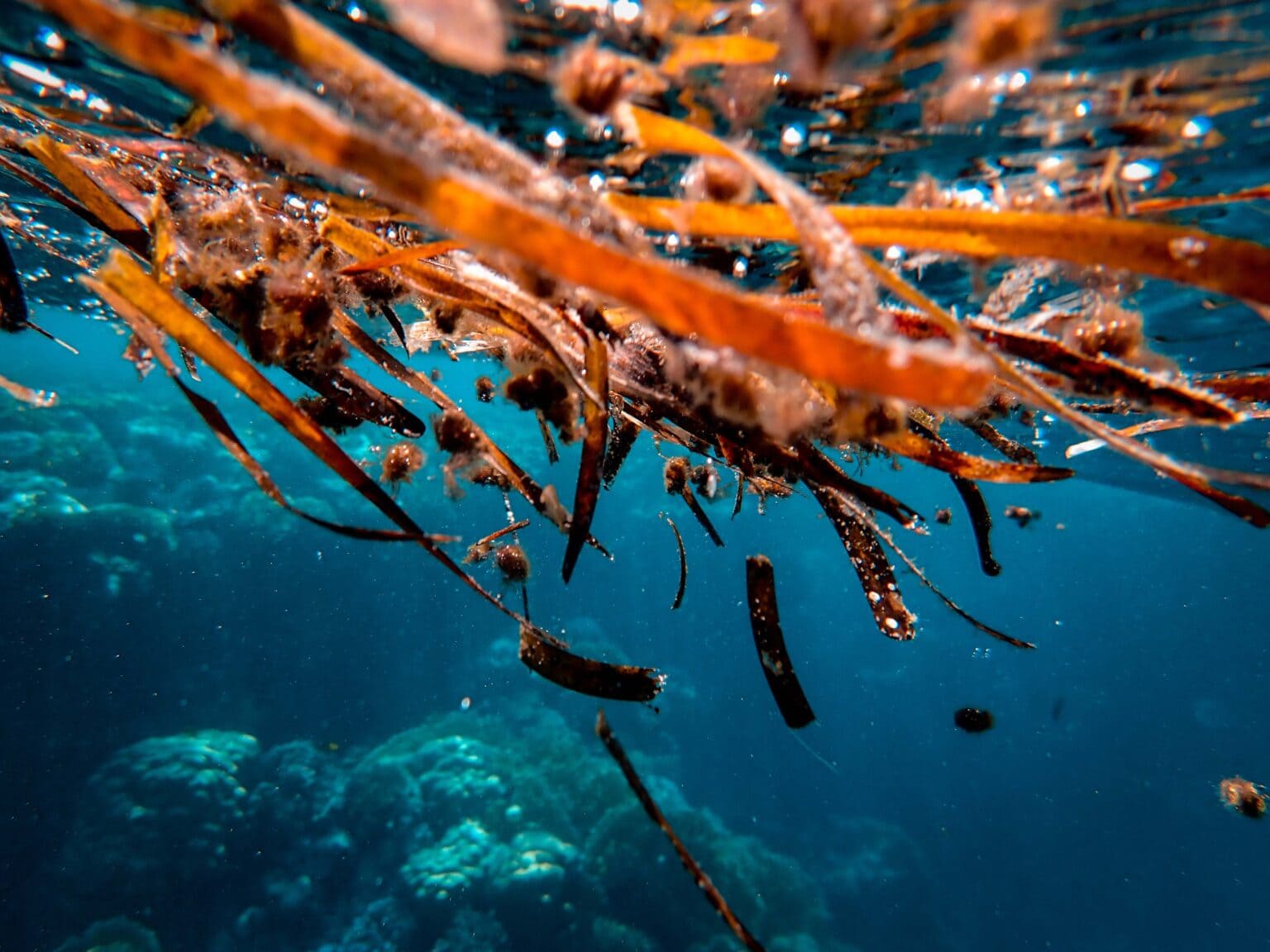
We need to whakamana (elevate) mātauranga Māori and kaupapa Māori approaches to aquaculture
Ngā Punga o te Moana is a research and development programme that aims to place mātauranga Māori and kaupapa Māori aquaculture at the centre of its vision for the future of OOA in Aotearoa New Zealand.
Mātauranga Māori associated with aquaculture is a rich source of knowledge – we seek to better understand the potential it represents for iwi, hapū, whānau and Māori enterprise. We will be working closely with our Māori partners on ways to enable OOA development that aligns with their values and priorities.
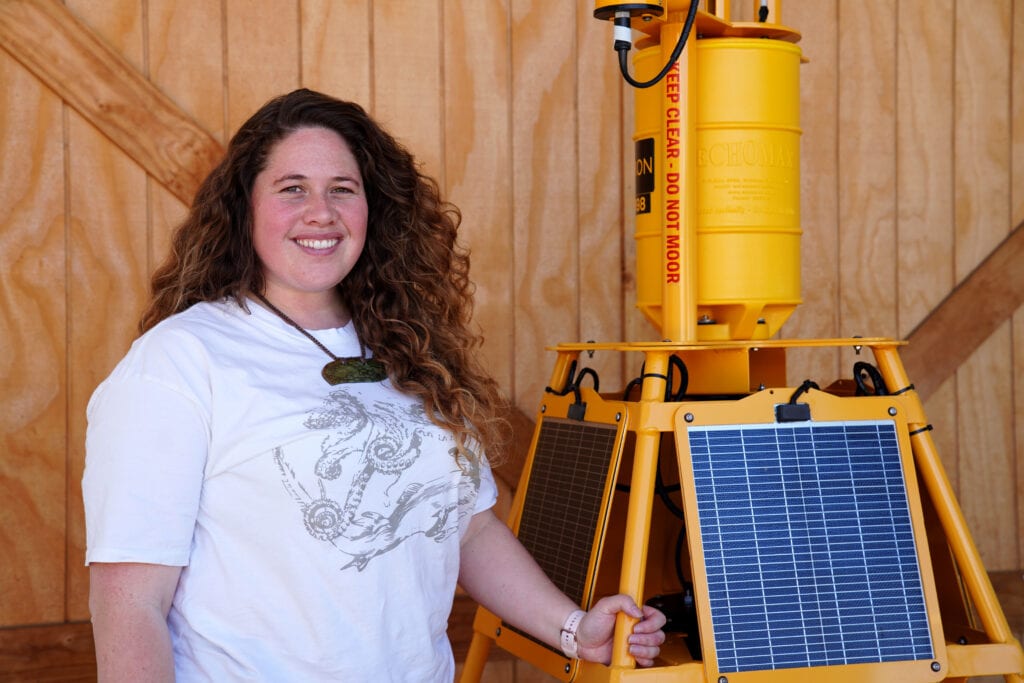
We need to support the development of an OOA industry
In the same way that our Greenshell™ mussel industry revolutionised shellfish production to become the world’s most efficient mussel producer, we can use Aotearoa New Zealand’s expansive open ocean resources to position ourselves as global leaders in open ocean farming.
We want to see Aotearoa New Zealand’s open ocean aquaculture industry established with a globally unique approach that genuinely balances sustainability and profitability and supports the wellbeing of communities across the country. To do this, we need to provide proof of concept for new farming structures and systems that will de-risk new ventures and boost investor confidence.
